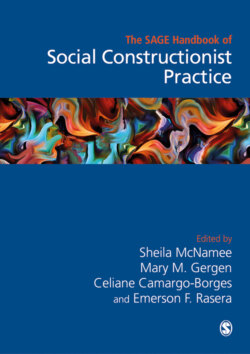Читать книгу The Sage Handbook of Social Constructionist Practice - Группа авторов - Страница 155
На сайте Литреса книга снята с продажи.
Contextual Understanding
ОглавлениеThe inseparability of persons from their environments has long been a hallmark of social work (e.g., Gitterman and Germain, 2008). A course in ‘Human Behavior and the Social Environment’ is a staple in virtually all US social work programs. Environment in social work texts typically refers both to aspects of the physical environment (e.g., substandard housing) and social environments (e.g., racism). A relatively recent trend has been to extend ‘environment’ to encompass the natural environment, in particular the dangers engendered by issues such as pollution and climate change (e.g., Alston, 2015; Crews and Besthorn, 2016; Gray and Coates, 2012). This trend has led to the terms eco-social work and green social work (e.g., Dominelli, 2012). Similarly, social construction focuses on the historical, cultural, and social contexts of beliefs. For social constructionists, persons are not only affected by environments, but generate them. Additionally, for social constructionists what we might call relational and linguistic environments are emphasized. Relationships are the bases of understanding and beliefs and language bring them into ‘the real’ (Gergen, 2015). The notion of natural environment tends to be more complex as what we take to be natural is also considered to be a social construction. This does not mean that social constructionists are not aware of or concerned about environmental issues; however, there is not an explicit value position that claims this as an issue that must be addressed.
